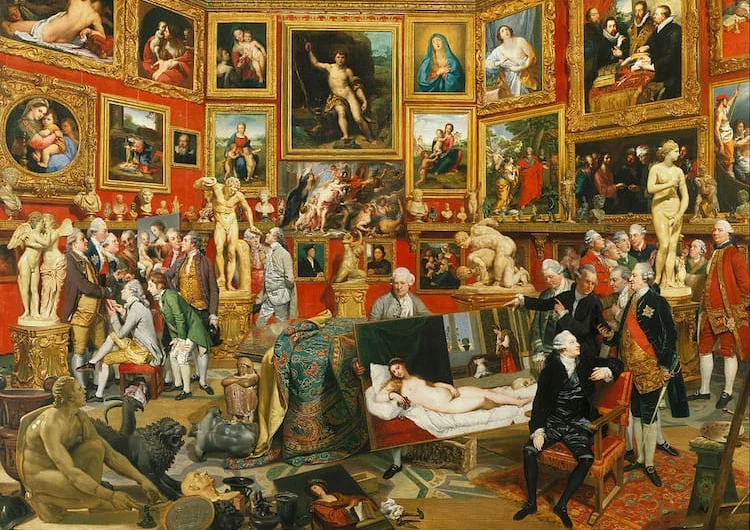Who was the goddess Epona?
Epona was the Celtic goddess of horses.
The name Epona comes from Gaulish, a member of the Celtic family. Gaulish was spoken over much of continental north-western Europe including modern France, Belgium, Holland, Switzerland, Austria, and Germany.
Epona is known to be one of a very few Gaulish deities whose names were spread to the rest of the Roman Empire. This seems to have happened because Roman cavalry units stationed in Gaul followed Her and adopted her as their Patroness. This may have started because many of the cavalry troops were conscripted from Gaul as they were superb horsemen. Epona had a shrine in almost every stable of the Roman empire – in fact, she was the only Celtic goddess to be honored by the Romans with a temple in their capital city.
In spite of Her popularity there seems to be little information readily available about Her. Unfortunately, any legends Gaulish Celts may have had have been lost to us. The legends and myths of the British Celts were written down by early Christian monks. However, the Gauls and others did leave a rich legacy of inscriptions and monuments and it is from this that most of the evidence for Epona comes.
The main source of indirect evidence about Epona are several hundred statues, statuettes, bas-relifs and painted depictions of her. A few Epona representations are made of bronze; the majority are stone bas-reliefs in a variety of sizes.
Depictions of Epona may be classified into two main types:
Sidesaddle:
Imperial:
Epona is also mentioned in art and literature. In The Golden Ass by Apuleius, where an altar niche with her image on a pillar in a stable has been garlanded with freshly picked roses. In his Satires, the Roman poet Juvenal also links the worship and iconography of Epona to the area of a stable.
Her symbol is the Cornucopia (horn of plenty) which suggests that she may have been honored as a fertility goddess, although she is most commonly known as a goddess of horses and travel. She fed her beloved horses from her cornucopia filled with corn and apples, symbolic of mother-love and abundance.
Epona was also a dream goddess, Her specialty seems to have been nightmares. She was even immortalized in a painting by Henry Fuseli’s painting, The Nightmare. Many a child in Ireland wer told to be good or Epona would visit them with horrific nightmares.
Known as Rhiannon in Wales, Macha in Ireland and Epona to the Gauls this ancient horse goddess is one of the most well-known of all the Celtic gods and goddesses.
References:



























